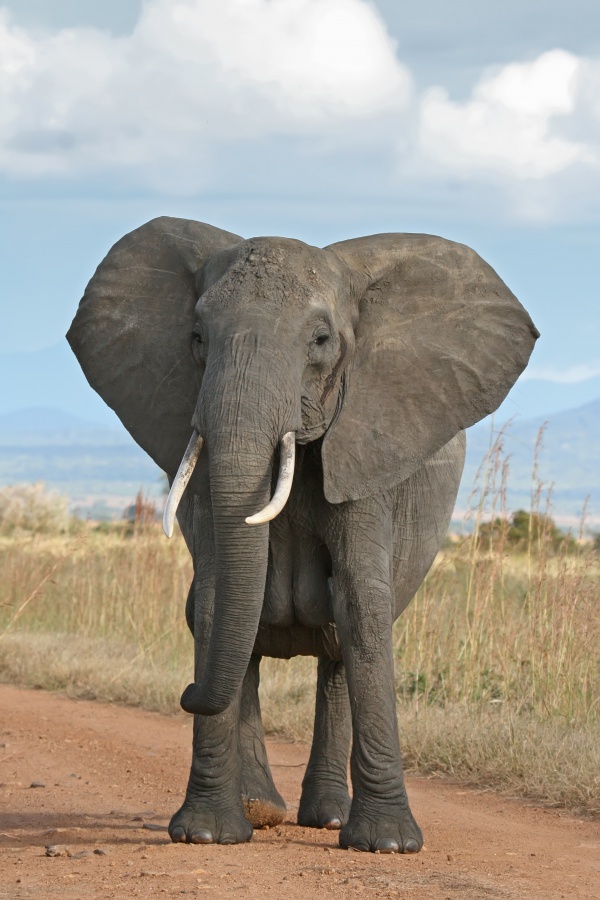Facts About African elephant
The African elephant is a remarkable creature, distinguished by its two species: the larger African bush elephant and the smaller African forest elephant. Both of these majestic herbivores live in groups and are recognized by their grey skin. They exhibit distinct differences in their ears, tusks, and skulls. Unfortunately, both species are currently listed as Vulnerable on the IUCN Red List due to threats such as habitat loss, fragmentation, and poaching for ivory.
These elephants belong to the genus Loxodonta, with fossil records dating back to the Middle Pliocene era. The first scientific description of these elephants was made by Johann Friedrich Blumenbach in 1797, and the name Loxodonta was proposed by Georges Cuvier in 1824. Initially, the African forest elephant was thought to be a subspecies of the bush elephant, but later studies based on physical and genetic traits confirmed it as a distinct species.
African elephants are the largest land animals on Earth, with bush elephants being larger than their forest counterparts. They boast several remarkable features, including their large ears, long trunks, tusks, and molars. Their tusks serve multiple purposes, aiding in feeding and defense.
These elephants are native to Sub-Saharan Africa, with forest elephants specifically residing in Central Africa. They live in tightly-knit family units led by a matriarch and exhibit complex social behaviors. Their communication is sophisticated, involving a range of vocalizations, and they are known for their intelligence. Elephants demonstrate emotions such as grief, have the ability to learn, enjoy play, and possess self-awareness.
African elephants have intricate mating rituals. Males compete for the attention of females who are in estrus. However, these magnificent animals face numerous threats, including habitat destruction, illegal poaching for ivory, and human-elephant conflicts. Conservation efforts are ongoing and include bans on the international ivory trade, population monitoring, and strategies to mitigate human-elephant conflicts.
Despite these efforts, the number of African elephants has decreased significantly over the past few decades. The continued ban on ivory trade and various conservation initiatives are crucial to protecting these iconic species and ensuring their survival in the wild.

 South Sudan
South Sudan